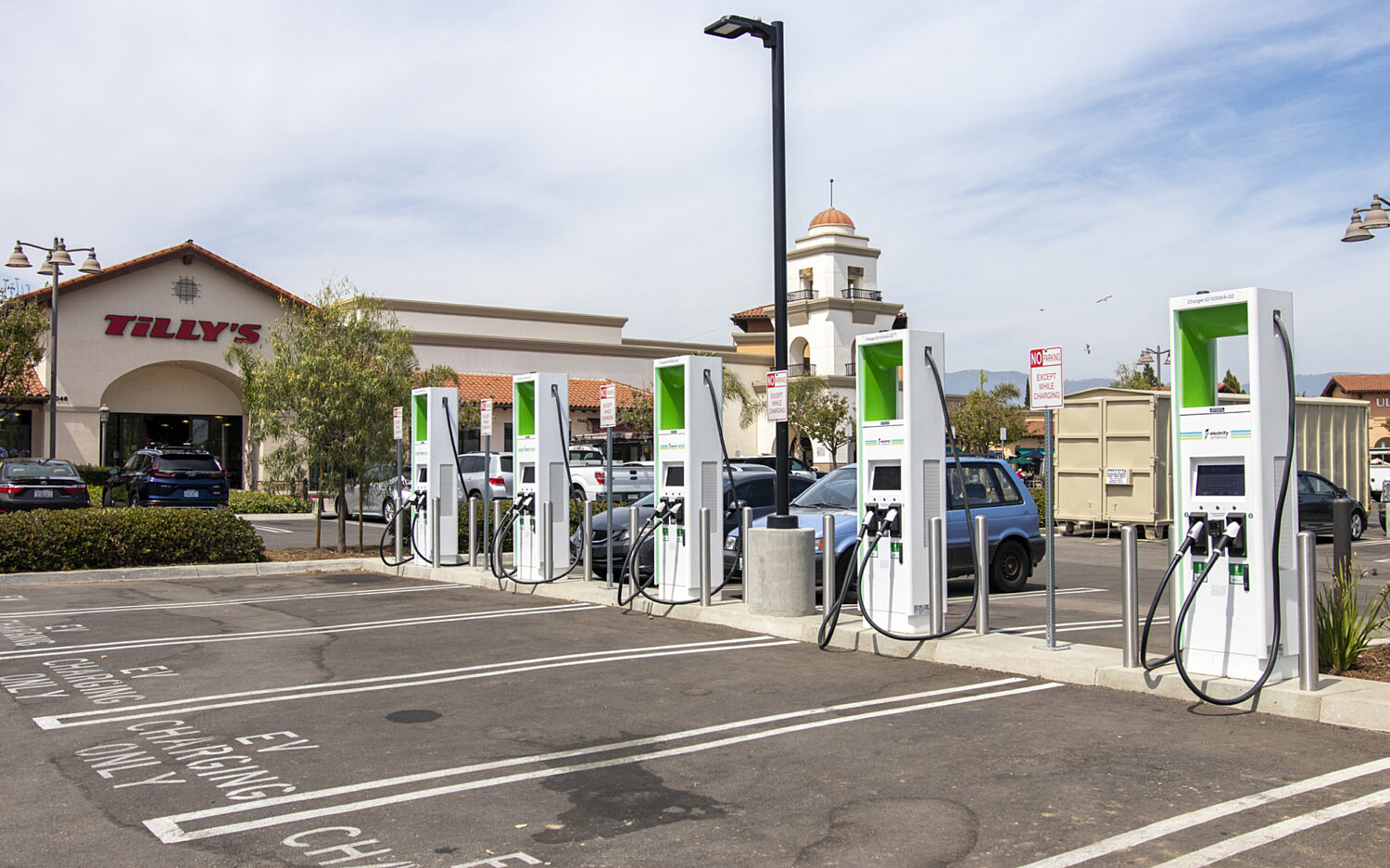California wants to end the era of gas-powered cars. Now state regulators have adopted the world’s strictest regulations for moving to zero-emission vehicles. But stepping off the gas won’t be easy.
Two years ago, Governor Gavin Newsom told California regulators to adopt a ban on new gas-powered cars by 2035. In August, that mandate became part of the California Air Resources Board’s aggressive new pollution-reduction policies.
Manufacturers must first reach certain targets along the way: 35% non-gas-powered cars by 2026 and 68% by 2030. Companies failing to meet those goals must buy “credits” (passes for failure to comply) or face a $20,000 fine per non-compliant vehicle.
California’s policy doesn’t completely ban cars that run on gas. People can keep gas-powered cars they already own. Or they can buy used ones. Also, some percentage of auto sales can be plug-in hybrids that use both batteries and gas.
There are problems with the no-gas-cars plan.
“You can’t just wave your wand,” says Daniel Sperling, founding director of the Institute of Transportation Studies at the University of California, Davis. “People actually have to buy [the electric cars] and use them.” He predicts that “it’s going to be very hard getting to 100%.”
California’s law will require many more vehicle chargers statewide, a more robust energy grid, and vehicles that people of all income levels can afford—or government-subsidized kickback plans to even the playing field.
In fact, discounted prices and car-share programs are part of California’s plan to ensure that people of all income levels are able to buy electric cars. But expense and inconvenience are still big concerns for critics.
Today, California has about 80,000 public e-vehicle chargers. But that’s about 1,120,000 short of what energy officials expect the state will need by 2030.
With more e-vehicles on the road plus other climate change plans, the air resources board expects electricity demand to more than double. California already struggles to provide enough energy for residents. During a heat wave this summer, officials asked e-car owners not to plug in during peak hours so people could cool their homes.
Additionally, some experts question the wisdom of depending heavily on other countries for the minerals required for electric car batteries. These include graphite and rare earth minerals from China, cobalt from Congo, and manganese from Gabon.
In spite of sizeable obstacles, California regulators are pushing forward with plans to electrify cars. Their success could mean, according to Governor Newsom, “the elimination of the tailpipe as we know it.”
By wisdom a house is built, and by understanding it is established. — Proverbs 24:3
Why? Good stewardship (and good leadership!) counts all the costs of a project before making decisions.




















